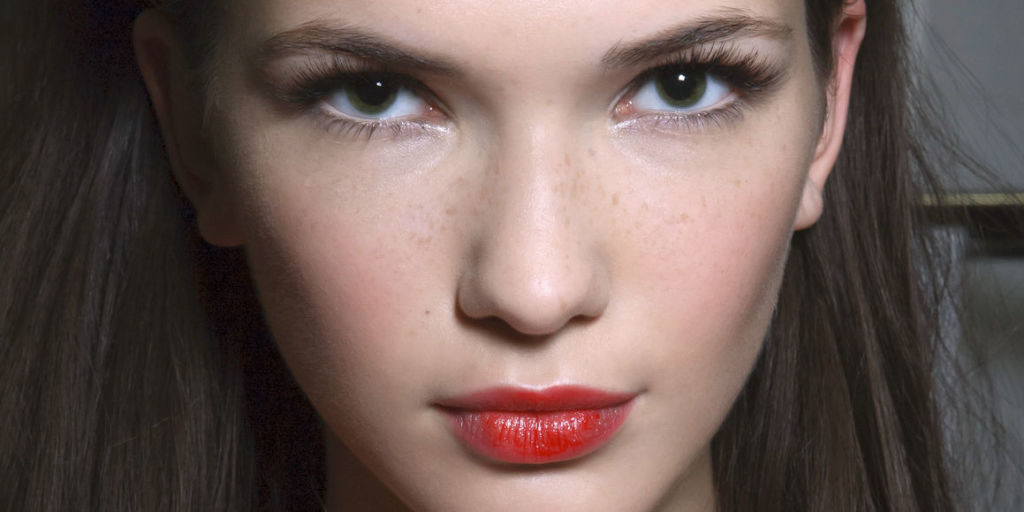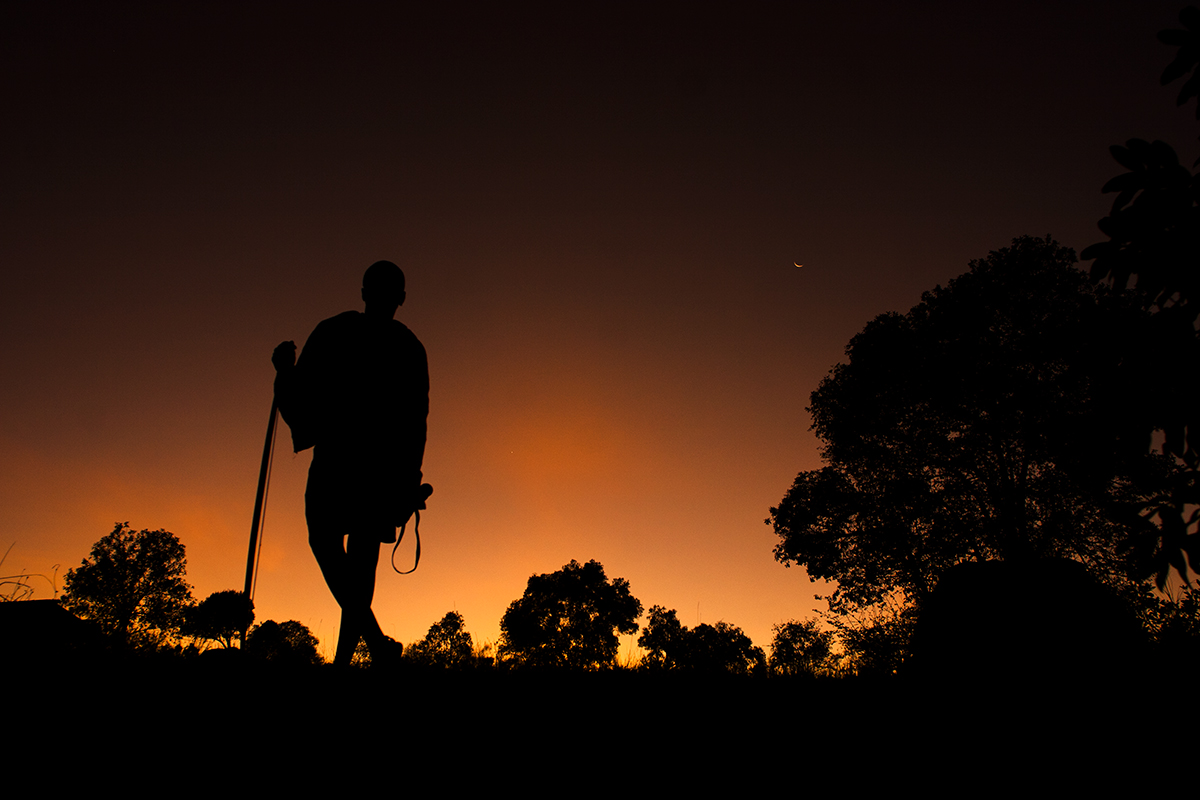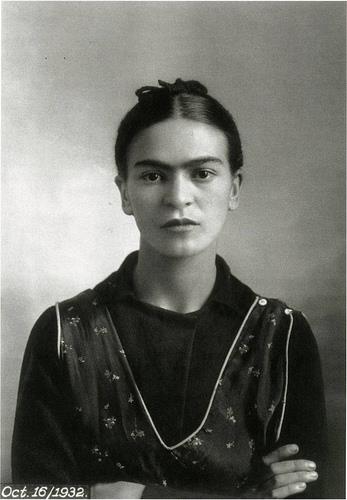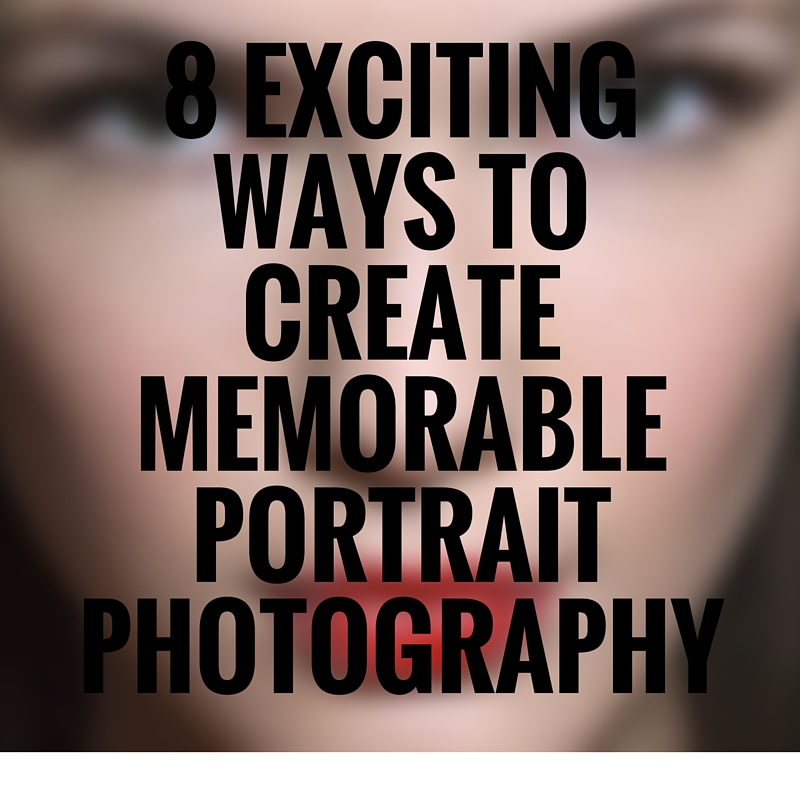
The selfie trait might have undermined the stature of portrait photography, but true professionals know just how much work and effort it takes to get a portrait shot right. From gut shots to techniques, if you want your portrait photography to cut through the clutter and stand out, here are a few things to keep in mind:
Don’t always play by the rulebook: Photography is so much about perception first and skills later. How you see your subject and how they manifest in the eyes of your mind determines how the portrait eventually comes out. Alter your perspective, break the norms, don’t forget to take chances, create something unconventional. Shoot from the ground up or shoot from a height or shoot from an angle that puts your subject in a different light altogether.
Get their shadow into play: There’s a surreal aspect to portrait photography when you play around with the silhouette and reflection of your subject. It adds depth and mystique to your shots and also isn’t very difficult to create.
 For silhouette and reflections, make sure the light is in the backdrop of the subject, the back light entering via the window in a semi-lit room or a candle strategically placed at the back will dramatically enhance the shot.
For silhouette and reflections, make sure the light is in the backdrop of the subject, the back light entering via the window in a semi-lit room or a candle strategically placed at the back will dramatically enhance the shot.
Go flashy: Flash is tricky territory, how much of it is enough before you whitewash the entire frame? Lighting can make or break your photos – portrait or otherwise – you can work lighting in different ways, how does it illuminate your subject, does it create additional elements like a shadow or a silhouette, how does lighting affect the backdrop.
And working with lighting is incomplete without using flash. If you’re shooting a wedding portrait, try putting the flash from the side so that it flatters the subject more. Or if you are shooting a newborn, which by itself is a difficult task, a direct flash on the face would startle them and you can definitely forget about those cutesy smiley baby pictures. Off-camera flash again is extremely powerful in capturing a greater depth of field. Invest in a flashgun, you would thank us later.
When it comes to using flash for portrait photography, the idea is to use it judiciously and in a way that adds on to the click.
Eye contact is important: Like they say eyes are the windows to the soul, eye contact with your subject creates intriguing portrait photography. The eyes are the first thing the viewer notices, and strong powerful eye contact can enhance your shot manifold. It is the visual connect with the viewer. Get them to look straight into the camera or get a sideways glance, or eye contact within the frame.

When the subject stares directly at the camera, they are inadvertently staring at the viewer which evokes a feeling associated with that eye contact. You have a dramatic black & white image of a malnourished child with big eyes staring at the camera, and the viewer instantly feels a sense of pity for them. You have a lady with beautiful eyes and a calm smile staring at the camera with a diffused light background, the viewer warms up to her. That’s the power of eye contact.
Contact within the frame is when you have two subjects and they look at each other, this is a pretty common pose when you’re clicking wedding shots where the groom and bride look at each other.
It’s not just about the eye contact: This might sound contradictory to the point above, but while eye contact does render a sort of connection between the subject and the viewer, portrait photography isn’t essentially about just that. You can target different parts of the body, too, to bring out other body parts like a pair of lips, the hands, the back of the body, the lower body, etc.
When you obscure a body part is it still a portrait? Do portraits need to have the face directly in it and strong eye contact? Not principally, while the general diktat might be that, photography is an individual perception and interpretation of the same.

There’s no composition rule book: Composition is important to a photo. It’s like setting the table for a meal you prepare out of love. But there are so many said rules of compositions, agreed these might give you better pictures when you have no idea how your photo should turn out to be but it also robs you of a chance to bring in a touch of individuality.
Break the rules of composition, experiment and see if the unconventional trumps the laid down rules.
Get the basics right: While you might read up on hundreds of tips to create stunning portrait photography, the one thing you need to get right is the basic settings. What aperture should you use, usually a wider one is better for portraits. Pay attention to the shutter speed as for portraits you need crisp sharp non-blurry images. The general idea is to keep it higher than the focal length. Use wide angle lenses when going for a close up shot.
Also, pay attention to what camera gear you should invest in. A tripod, a flashgun stand, good lenses are just some of them.
Don’t forget post-processing: Clicking stunning portrait photography is just one side of the coin, the other – and perhaps even more important – is the post-processing stage where you enhance your shots.

From the basics to the very advanced, there’s a gamut of opportunities to transform your images in Photoshop. And if you don’t have the time to go through the entire process, use something like Photoshop Actions that are a series of pre-determined steps and which helps in dramatically altering your portraits for the good.
Portrait photography isn’t rocket science but there is some science and intuitions involved. Hope these tips equip you to belt out better and powerful portraits that captivate the viewer and leave a mark.
About the author: Hi, my name is Amruta. Photography is my calling in life, and I love to talk about it whenever possible, maybe talk about it a tad bit too much, which is why I’m not invited to a lot of social gatherings of late. When not talking about Photography, I’m glued to the TV, out sampling foods at new restaurants, and running around petting the dogs in my society. I also love connecting with new people across the globe, so if you’d like to reach out to me on Twitter.


